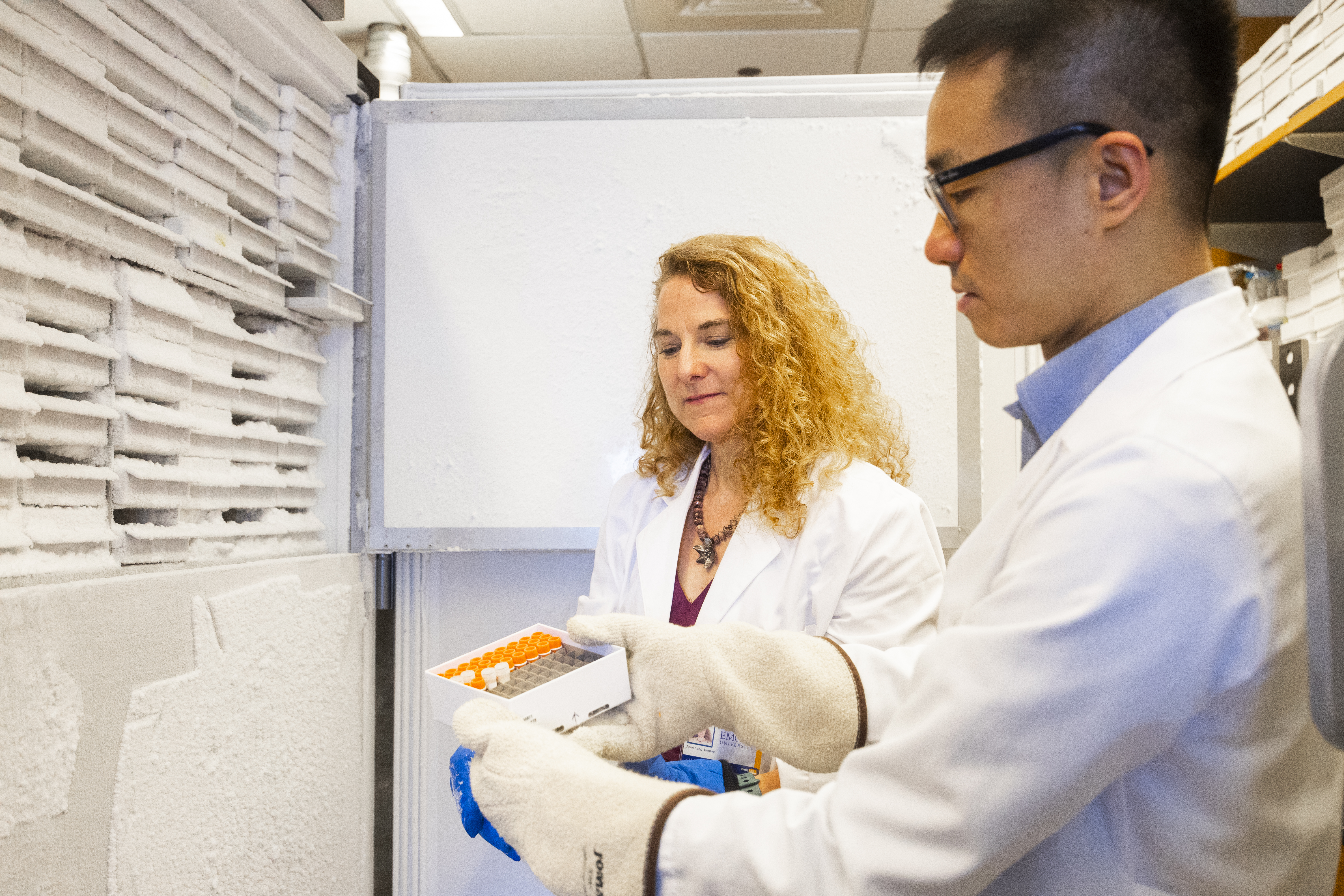An Emory University-led study into the exposures of pregnant women to per- and polyfluoroalkyl substances (PFAS), also known as “forever chemicals,” is believed to be the first to detect PFAS in newborns and show that exposure to these chemicals during pregnancy increases the likelihood of preterm or early term births.
The study, which was recently published in Nature Communications, studied blood samples from 267 newborns between 2016 and 2020 and discovered three important findings:
- Babies exposed to PFAS in large amounts are more likely to be born early. Specifically, mothers with higher blood levels of PFAS in pregnancy are 1.5-times more likely to have a baby that is born three weeks before their due date or earlier (these babies are called ‘preterm’) and 1-2 weeks before their due date (these babies are called ‘early term’).
- For the first time, the study found that measurable levels of PFAS chemicals were present in blood samples from newborns shortly after birth. Because PFAS are human-made chemicals, this means the babies were exposed to PFAS while they were still in utero.
- Specific biological signals detectable in the newborn babies’ blood upon birth show PFAS chemicals may have disrupted the balance of certain processes in the newborns, such as the growth of tissues and the functioning of hormones. In the future, detection of these biological signals in maternal blood during pregnancy may indicate an increased risk for preterm birth, which would allow for possible interventions and improved outcomes.
“When babies are born, we would all like to think of them as a blank slate, not yet impacted by any of the negative and scary things in the world. But in this study, we found that the babies were already exposed to 'forever chemicals' before they were born,” says senior and co-corresponding author, Donghai Liang, PhD, assistant professor in the Gangarosa Department of Environmental Health at Emory University’s Rollins School of Public Health.
Anne Dunlop, MD, left, and Donghai Liang, PhD, work in a research lab at Emory University's Rollins School of Medicine. Kay Hinton
“PFAS exposures, in conjunction with other exposures experienced by vulnerable populations – like discrimination, poor diet, and air pollution – may work together to produce worse health effects for some populations,” Liang says. “This study's findings have the potential to inform public health strategies and policies that can positively impact the lives of pregnant women and their babies, no matter where they are located.”
The study found that higher levels of PFAS exposure in the womb is linked with higher rates of preterm and early term birth. According to the Centers for Disease Control and Prevention, preterm birth is the second-leading cause of infant death across infants of all races and ethnicities in the United States, accounting for 1 in 6 infant deaths overall, and it is the leading cause of infant death among Black or African American infants.
“There are multiple factors that contribute to preterm birth, but exposures to PFAS chemicals in the womb seems to be a contributor based on this research,” says first author Kaitlin Taibl, a PhD candidate in the Environmental Health Science program at Emory University. “It is crucial for us to understand the health effects of these chemicals so that we can find ways to protect babies to reduce preterm births and ultimately infant deaths.”
All the mothers-to-be who participated in the study were Black women from the Atlanta, Georgia metropolitan area. National statistics that show that Black families experience higher rates of exposure to chemicals and have higher rates of preterm birth.
“Any ‘mom-to-be’ may view the results as a step toward understanding how environmental factors, including chemical exposures, affect their child’s health,” says co-corresponding author Anne Dunlop, professor at Emory’s School of Medicine. “And while PFAS are detectable in the vast majority of the United States population, the level at which they are detected across different groups of people varies. For example, one of the PFAS analyzed in this study, PFHxS, is higher among Black or African American participants in the United States National Health and Nutrition Examination Survey.”
The next step in this line of research is to validate the study findings by performing a targeted analysis of the biological pathways and biological markers identified in this study for clinical application.
“An important next step is also to investigate where the mothers and children in our study are being exposed to most of these chemicals,” Dunlop says. “We’re looking at water, food, cleaning products and beauty products as potential sources of exposure.”
